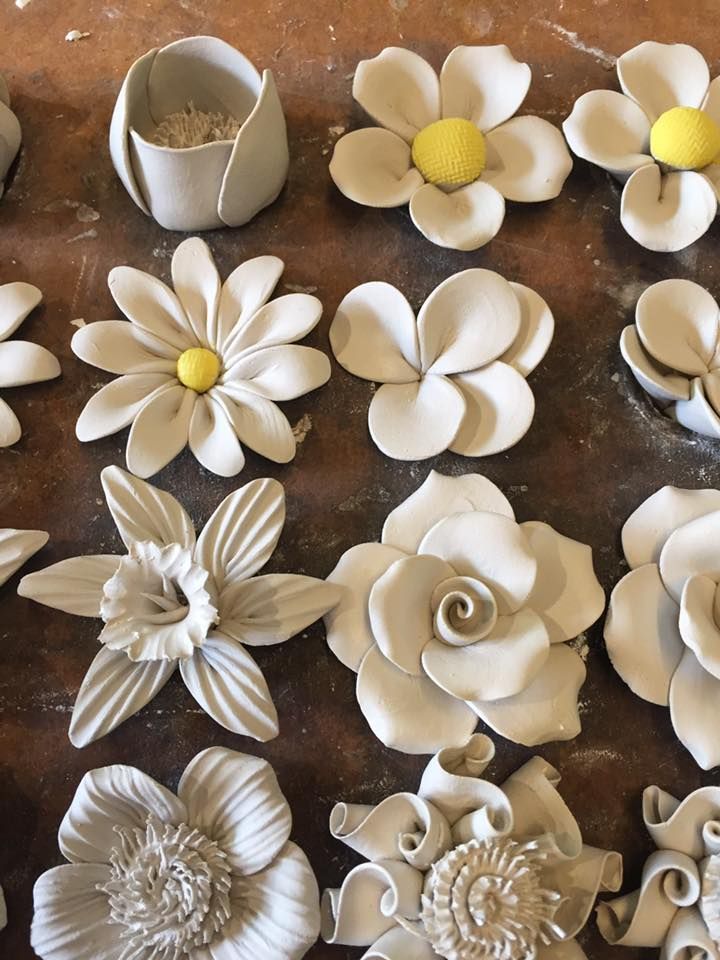Can you let the creativity go? Welcome to the world of polymer clay art. Crafter and artists everywhere have fallen in love with this easy to use and versatile medium. Polymer clay might be the best option if you are a newbie interested in a new crafting leisure or you are expert with a ton of energy searching for the next best thing.. From funny figures, sculptured toys, to fabulous jewelries and gorgeous necklaces, what else is marvelous than transforming colored blocks of clay into something you can wear that will suit your persona? Well, you got your tools and guess it is time to learn why polymer clay can turn your crafting journey into the next level!
What is Polymer Clay
Polymer clay is modeling compound that is made from polyvinyl chloride that is made of organic plasticizer along with stabilizers and pigments. This material is special since they are soft and flexible till exposed to heat of an oven where they transform to hard endurable forms.
Accomplished in a wide range of colors, polymer clay offers a versatile possibility to blend colors together. But artists find it versatile for carving out designs and doing work of fine detail.
Polymers do not need water to moisten them or for them to harden unlike the ordinary clays that harden when they dry up. This makes it suitable for both short brief tasks and longer tasks that might require time to make in order to be perfect.
This is not unique to sculptures; they were able to use it to make jewelry, home decorations or even actual utilitarian items like buttons. It can be used in a variety of ways, the potential when working with this stimulating media is enormous.
Benefits of Working with Polymer Clay
Polymer clay is also a very flexible material and there are many advantages when working with polymer clay for crafters whether for beginners in polymer clay or professionals. A primary strength is that is easy to use. This product is easily available and they are available in different colors hence you can be creative and innovative as you want at a cheap price.
One advantage is that: It is easy to use. Polymer clay does not ‘set’ immediately, that is why it is malleable until it is baked, good for modeling. It is easy to correct mistakes and since there is no risk of the worse-case scenario subjecting oneself to exploitation.
It is also light once it dries, so if you are planning to use the product on jewelry or some decorative pieces, it won’t feel heavy on you. The final products are long lasting / moisture proof—this guarantees the products longevity.
Further adding to this revelation, the use of polymer clay also improves on fine motorist skills and hand eye coordination. What will very much prove fun is being able to create art while engaging in it as a form of entertainment, further refining the creative in the process. And the best about each project is that you get to express yourself through the colors and design you choose as well!
Essential Tools and Supplies for Polymer Clay Art
Let me start therefore by identifying some of the essential tools which are necessary when getting started in polymer clay art. A good starting point is therefore a stable and strong platform on which to work. This erases any chances of something messy and will allow your sculptures to remain intact.
Third, it is recommended to buy some initial sculpting tools for work: There are many blades, needles, and shaping tools and accessories that will make your crafting interesting. All of them are used, in a way, specific – some are used to polish edges or to improve the small details of an object.
Don’t forget about texture! It is seldom not possible to stretch your pieces up an extra dimension with texture sheets or stamps. Try out a piece of clothing, a couple of blades of grass, or an array of other things if you want even more choices.
Ensure you always stock your baking supplies — having a separate oven or toaster oven for curing your items evenly is ideal. Therefore, once these requisites are with, you are prepped up to go ahead and bring out the creative side of you to design wonderful artifacts!
Step-by-Step Guide to Making a Basic Polymer Clay Project
Start with a clean workspace. Gather your materials: colored polymer clay of your choice, a roller pin, and a few primary sculpting tools.
Initially, it is recommended that the clay is prepared to condition by making frequent round kneading motions on a table surface. That makes it easy to be shaped and manipulated.
Secondly, flatten your clay into a certain layer, preferably of ¼ inch thick. For this step you don’t have to necessarily use the rolling pin.
Now comes the fun part: sculpting! Model the clay into the object of your choice that may portray beads, charms or little figures. Different tools can be applied to detail the object or fill the texture if it is needed.
After you have come up with your design, put it on another clean baking sheet preferably one with parchment paper. These instructions indicate the kind of oven and the Baking time through the manufacturer’s instructions of the particular kind of oven.
When fully cool down, you can then apply paint or varnish if you wish to take this item up to the next level of luxurious look. Get your ego up and boast round what you have developed!
Inspiration for Advanced Polymer Clay Projects
It may sound strange, but the moment you have learnt the basics of working with polymer clay, the world is your oyster. Sophisticated projects perhaps can unveil your innovative and calibrational capability in a way it has not been seen before.
One could also think about designing complicate jewelry pieces. It can be done in that way that is extraordinary or inlaying technique can be used to carve caning or marbling pendants or earrings. One more promising venue is micro sculpting, or sculpture, which is that small it can be placed under a tender while still being easily recognizable. These small masterpieces are sometimes narrative and capable of frustrating your carefully honed hand-eye coordination.
If you fancy about the adventurous part then you may try making home decoratives like vases or paintings. An additional point for texture and color combination, will bring volume into your work. It is also possible to try applying polymer clay in different other types of projects to create the so-called mixed media.
Themed sets should also be included – this is a crucial piece of advice. Make collections coloured from seasons, holidays, pop culture, anything that you or your friends like. The fun of the craft is in the effort to break the mold—here, have at it and be creative!
As you engage in these advanced initiatives, you should also post your products on the Web! Networking on different social media sites extends a c…
Enjoy this journey; the art of polymer clay sure has much more in store around the corner and you should keep exploring.
















